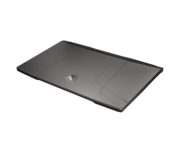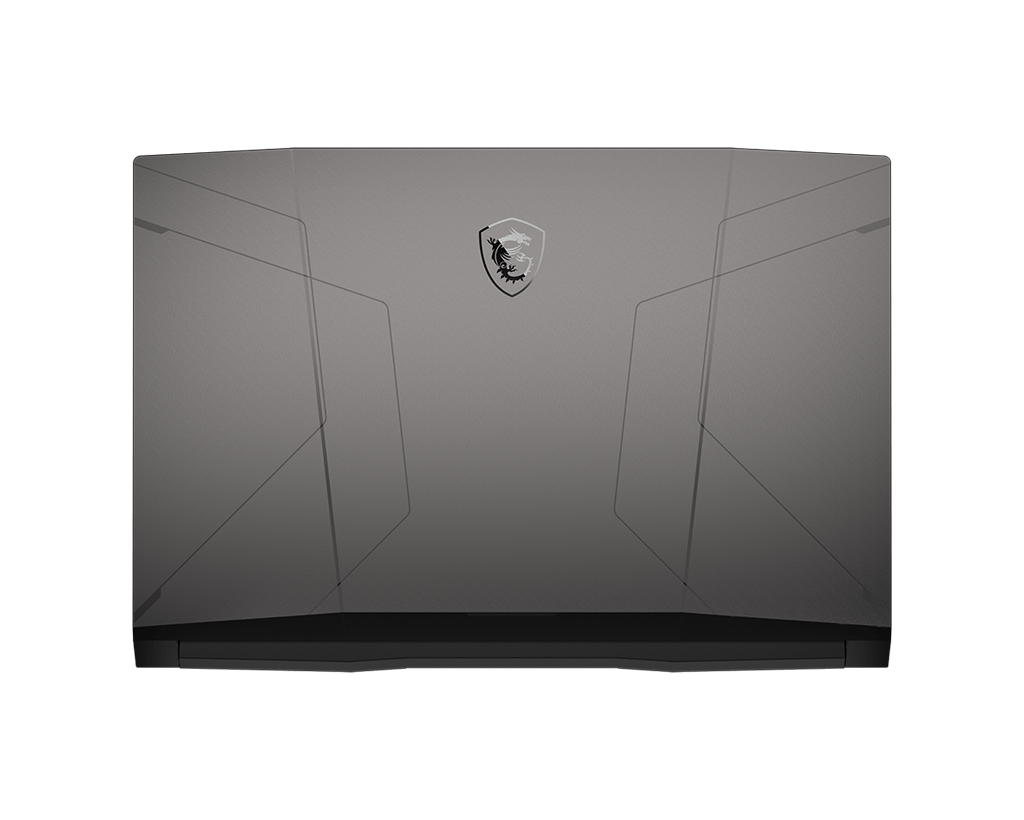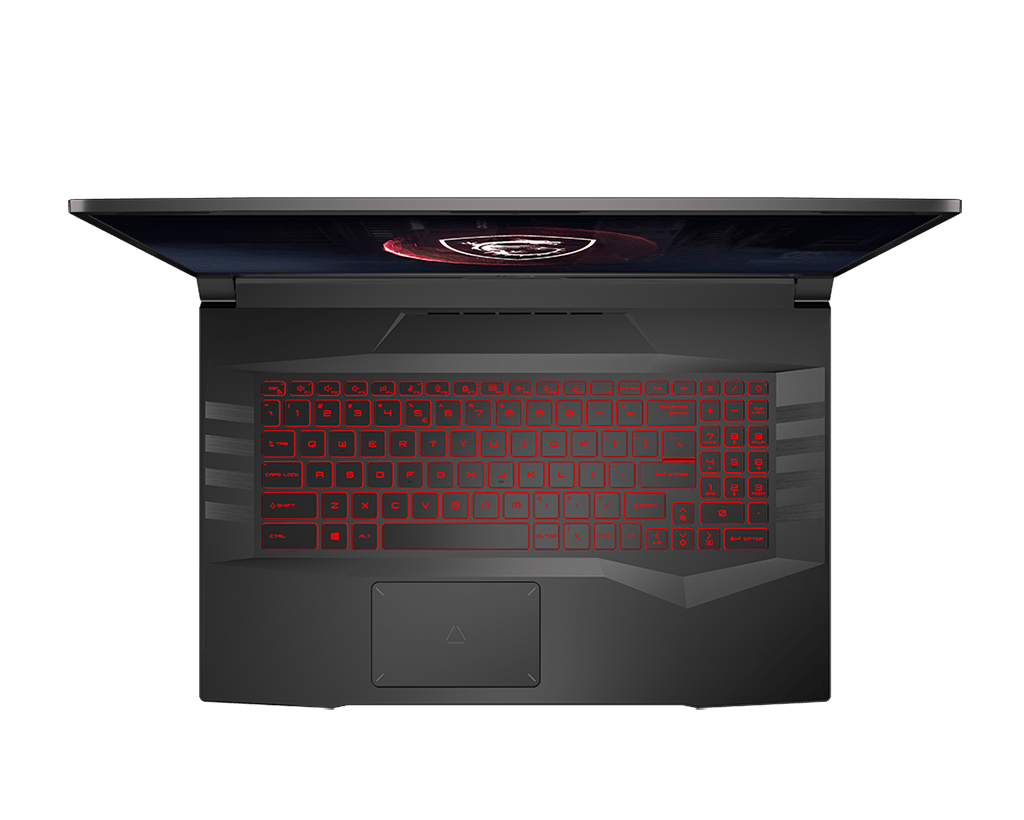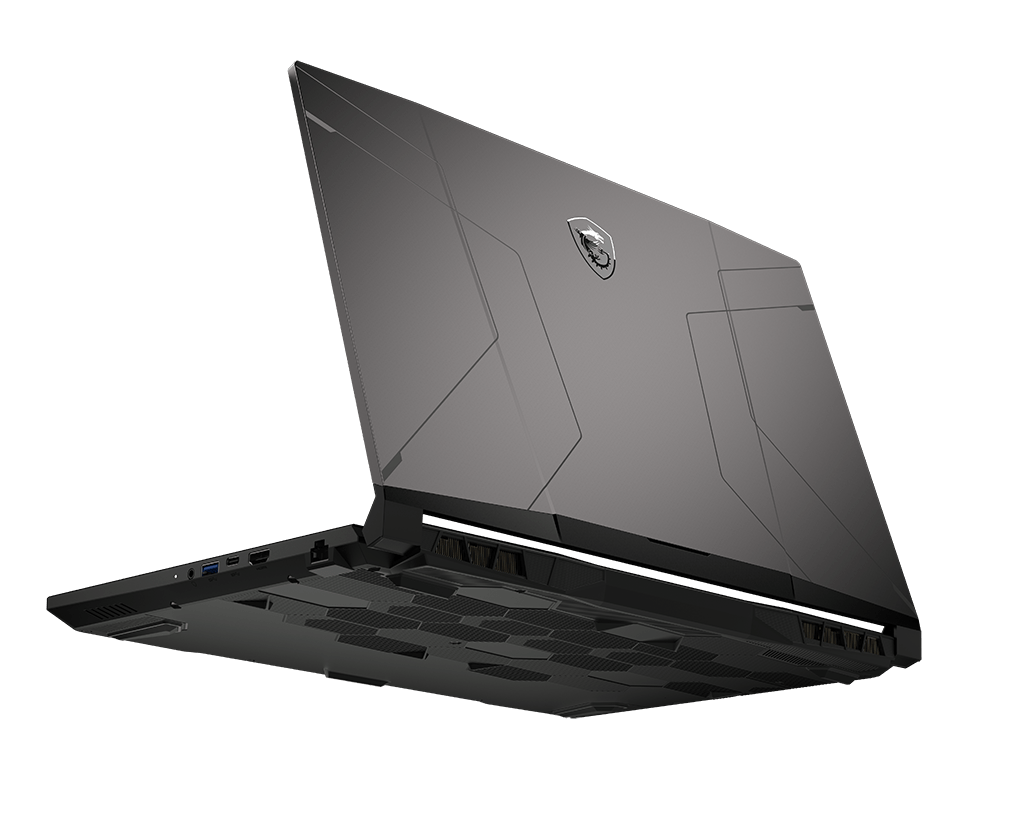MSI Pulse GL76 11UEK-033
Ausstattung / Datenblatt
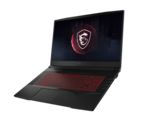
Preisvergleich
Durchschnitt von 4 Bewertungen (aus 8 Tests)
Testberichte für das MSI Pulse GL76 11UEK-033
Quelle: Lowyat.net
 EN→DE Archive.org version
EN→DE Archive.org versionEver since its introduction into MSI’s portfolio, the GL series is and has always been the considerably more affordable option of the bunch, and the GL76 clearly carries on the trend. Sure, it does not sport the slimmest chassis, nor does it have the most appealing design, but when push comes to shove, it certainly does the job. For that matter, the Intel 11th generation Tiger Lake Core i7-11800H CPU is definitely no slouch and once again, the NVIDIA GeForce RTX 3060 mobile GPU inside the GL76 Pulse is more than plenty, both for triple-A or Esport titles, depending on your poison. At RM6999 though, this variant of the GL76 Pulse is ever so slightly pricier than what the competition is offering and frankly speaking, I don’t think it would eat into MSI’s profit margins that much, to concoct a top-tier SKU with an RTX 3070. And therefore, putting them squarely on fairer grounds with its rivals and their machines.
Einzeltest, online verfügbar, Lang, Datum: 09.10.2021
Quelle: Tech Critter
 EN→DE Archive.org version
EN→DE Archive.org versionAt the official price tag of RM6999, I can’t say this is the cheapest 17-inch gaming laptop you can get with RTX 3060. In fact, the 17-inch gaming laptop market is so niche that only a few models are available from other gaming laptop brands. Naturally the price competition won’t be that intense. After a quick browse through the marketplace, I couldn’t help but notice that how some other brands are offering 10th gen Intel CPU with RTX 3060 at cheap. If you’re solely looking for a gaming machine, then those would be a best bang for the buck choice. Otherwise, if you want a completely new package, the MSI Pulse 11UEK is the ONLY option (at the time of review) you can get with 11th Gen Intel and RTX 3060.
Einzeltest, online verfügbar, Lang, Datum: 04.10.2021
Quelle: Pokde
 EN→DE Archive.org version
EN→DE Archive.org versionThe MSI Pulse GL76 is a formidable gaming laptop but whether you should get this or not depends on your needs. You get reliable performance, solid build quality, good display, 144Hz refresh rate, ample memory, Wi-Fi 6E and Bluetooth 5.2 for wireless connectivity, and good thermals. The downside here is that the battery life is poor, speakers are subpar, could use more ports, it’s pricey, and it’s a little on the heavier side. At RM6,999, there are plenty of choices in the market for you to consider, even within MSI itself. At the end of our MSI Pulse GL76 review, I award this gaming laptop with our Bronze Pokdeward.
Einzeltest, online verfügbar, Lang, Datum: 01.10.2021
Bewertung: Gesamt: 66% Preis: 70% Leistung: 75% Mobilität: 45% Gehäuse: 85%
Quelle: Pokde
 EN→DE Archive.org version
EN→DE Archive.org versionThe MSI Pulse GL76 is a formidable gaming laptop but whether you should get this or not depends on your needs. You get reliable performance, solid build quality, good display, 144Hz refresh rate, ample memory, Wi-Fi 6E and Bluetooth 5.2 for wireless connectivity, and good thermals. The downside here is that the battery life is poor, speakers are subpar, could use more ports, it’s pricey, and it’s a little on the heavier side. At RM6,999, there are plenty of choices in the market for you to consider, even within MSI itself. At the end of our MSI Pulse GL76 review, I award this gaming laptop with our Bronze Pokdeward.
Einzeltest, online verfügbar, Lang, Datum: 19.07.2021
Bewertung: Gesamt: 66% Preis: 70% Leistung: 75% Mobilität: 45% Gehäuse: 85%
Quelle: Laptop Media
 Archive.org version
Archive.org versionSupport, online verfügbar, Sehr kurz, Datum: 16.06.2021
Quelle: Laptop Media
 EN→DE Archive.org version
EN→DE Archive.org versionOne of you guys suggested that the Pulse GL76 will be generally the same as the Pulse GL66. What can we say – you could not have been more accurate in your assumptions. Ultimately, both devices share the same platform. This includes the brand new Tiger Lake H45 chips from Intel and the Ampere GPUs from NVIDIA. However, it doesn’t end there. Both laptops have the same 53.5Wh battery life which doesn’t bode well with the 144Hz display. Once again, we got unimpressive screen-on times, but interestingly, they were slightly better on the larger device – 4 hours and 29 minutes of Web browsing, and 3 hours and 53 minutes of video playback. This indicates a more efficient display.
Einzeltest, online verfügbar, Sehr Lang, Datum: 16.06.2021
Quelle: XGN
 NL→DE Archive.org version
NL→DE Archive.org versionEinzeltest, online verfügbar, Mittel, Datum: 30.06.2021
Bewertung: Gesamt: 75%
Quelle: Alt om Data
 DA→DE Archive.org version
DA→DE Archive.org versionEinzeltest, online verfügbar, Sehr kurz, Datum: 07.12.2021
Bewertung: Gesamt: 67% Preis: 100% Leistung: 83%
Kommentar
NVIDIA GeForce RTX 3060 Laptop GPU: High-End Notebook-Grafikkarte und dritt-schnellste Ampere Version für Notebooks zum Launch. Kann mit TDP Werten von 80 - 115 Watt betrieben werden und bietet 8 GB GDDR6 Grafikspeicher mit einer 192 Bit Anbindung.
Diese Grafikkarten sollten alle modernen Spiele flüssig darstellen können. Anspruchsvolle Spiele müssen jedoch in mittlerer Detailstufe gespielt werden. Ältere und weniger anspruchsvolle Spiele wie die Sims Serie können auch in hohen Detailsstufen flüssig dargestellt werden.
» Weitere Informationen gibt es in unserem Notebook-Grafikkartenvergleich und der Benchmarkliste.
i7-11800H: Auf der Tiger-Lake-Architektur basierender SoC (System-on-a-Chip) für große Gaming Notebooks und mobile Workstations. Integriert unter anderem acht CPU-Kerne mit 2,3 - 4.6 GHz und HyperThreading sowie eine UHD Graphics Grafikeinheit (350 - 1450 MHz) und wird in 10-Nanometer-Technik gefertigt (10nm SuperFin). » Weitere Infos gibt es in unserem Prozessorvergleich Vergleich mobiler Prozessoren und der Prozessoren Benchmarkliste .


